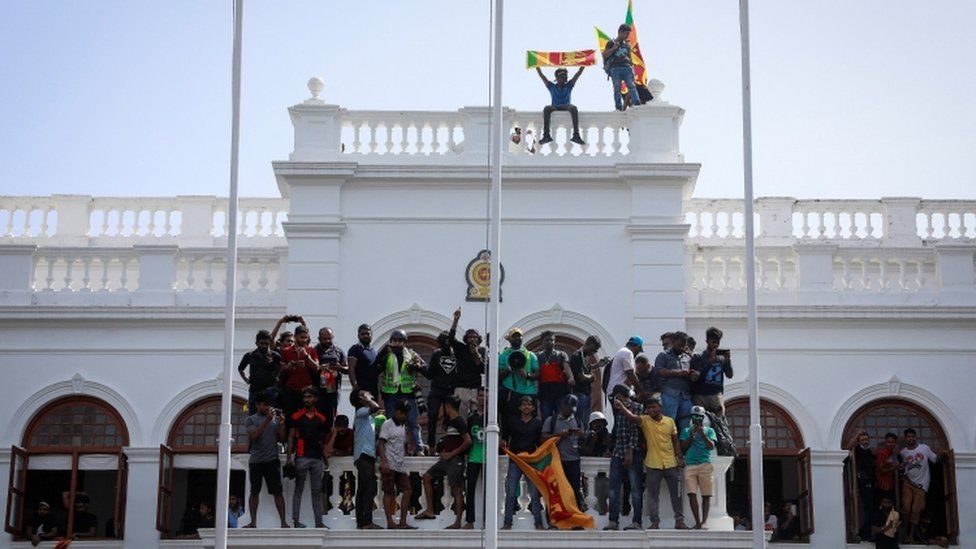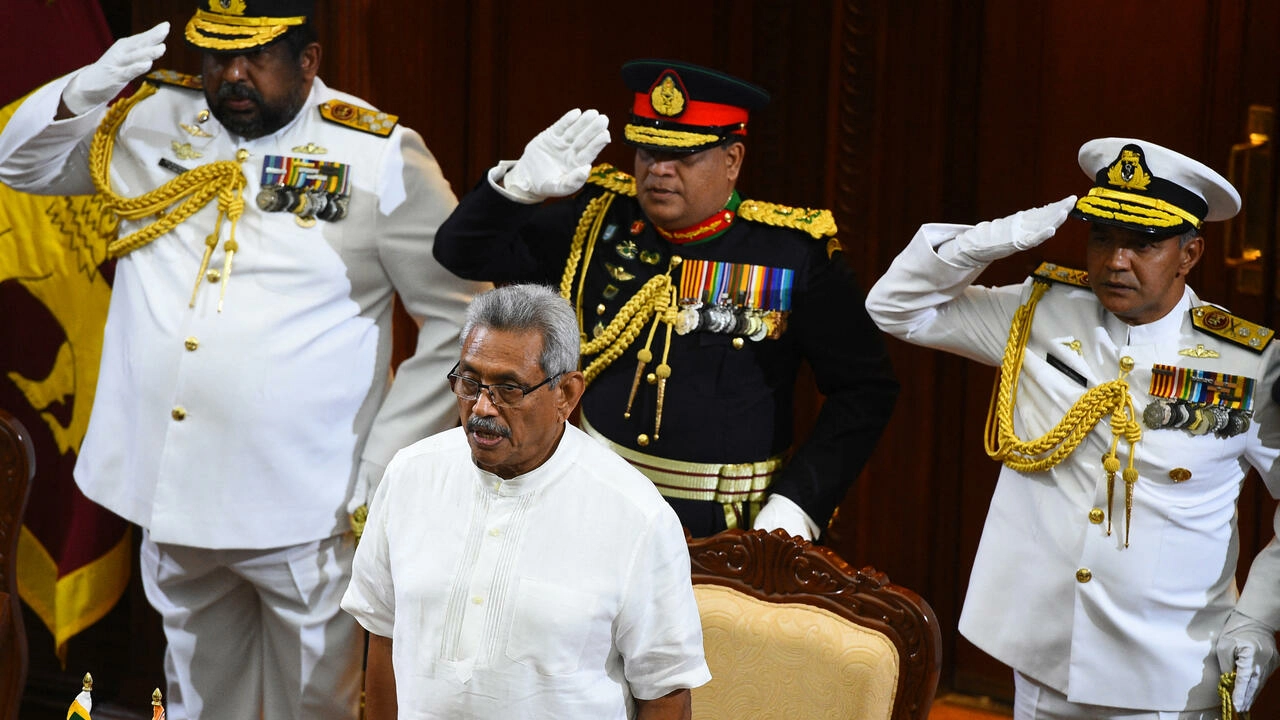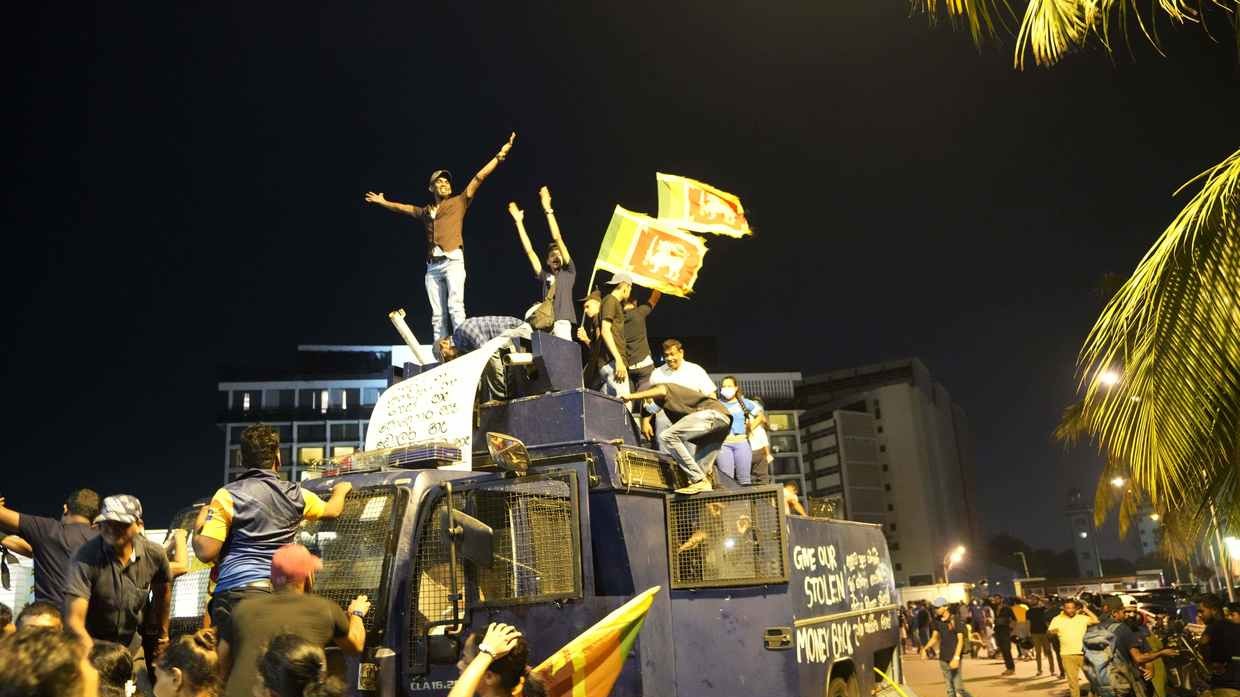This article is more than
5 year oldHow the deadly Sri Lanka attacks unfolded, one by one

At exactly 8.45am on Sunday, bomb blasts rocked three churches and three luxury hotels in Sri Lanka that were filled with worshippers and visitors.
The Shangri-La hotel in Colombo was among the first to be hit. At the same time, an explosion ripped through the nearby Kingsbury Hotel and the Cinnamon Grand Hotel.
Within minutes, at 8.50am, St Anthony’s Church in Colombo was hit and so was the St Sebastian Catholic Church in Negambo, 40km north of the capital.
Fifteen minutes after the initial blasts, the Zion Roman Catholic Church was bombed in Batticaloa, 320km away on the opposite coastline of the south Asian nation.
The six bombings were the worst acts of deadly violence since a bloody civil war ended, but more attacks were to come.

Four hours after the initial blasts, at 1.45pm, a seventh bombing hit the New Tropical Inn in Dehiwela, near the national zoo.
Within 30 minutes, at 2.15pm, three police officers who tried to raid a suspected hide-out were killed when an eighth bomb went off in Colombo.
A ninth bomb — discovered inside a large PVC pipe packed with explosives — was found on the way to Bandaranaike International Airport and diffused by authorities.
The death toll from the attacks has climbed to more than 200, and more than 450 others have been injured.
All transport services have stopped, all universities and schools have closed, a curfew has been imposed from 6pm to 6am and Sri Lanka’s main international airport has been locked down.
Most of the attacks are believed to have been carried out by suicide bombers, but 13 Sri Lankans have been arrested, and more arrests are expected to follow.
As the death toll climbs, a clearer picture of what went on at each site is beginning to emerge.


‘IT WAS PANIC MODE’
Bhanuka Harischandra was running a little late for his meeting on Sunday at the Shangri-La hotel when he realised something was wrong.
The car he was travelling in pulled into the entrance of the hotel to a scene of absolute carnage.
Speaking with reporters over the phone later on Sunday, the 24-year-old said people were being dragged out of the foyer.
“It was panic mode,” Mr Harischandra said. “I didn’t process it for a while … there was blood everywhere.”
The Shangri-La’s second-floor restaurant was gutted, with the ceiling and windows blown out. Loose wires hung down, and tables were overturned in the blackened space. From outside the police cordon, three bodies could be seen covered in white sheets.
The blasts that hit the churches were devastating because they were full of worshippers gathered for Easter services.
Images from inside St Sebastian’s showed blood on the pews and the building’s ceiling shattered.

An AFP photographer saw bodies and debris lying on the floor at St Anthony’s.
Defence Minister Ruwan Wijewardena described the bombings as a terrorist attack by religious extremists.
Prime Minister Ranil Wickremesinghe said he feared the massacre could trigger instability in Sri Lanka.
Sri Lanka, situated off the southern tip of India, is about 70 per cent Buddhist, with the rest of the population Muslim, Hindu or Christian. While there have been scattered incidents of anti-Christian harassment in recent years, there has been nothing on the scale of what happened on Sunday.
There is also no history of violent Muslim militants in Sri Lanka. However, tensions have been running high more recently between hard-line Buddhist monks and Muslims.
— with AP
Newer articles
More than a dozen killed in Ukraine after Russian strike on apartment block
Russia's meat grinder soldiers - 50,000 confirmed dead
Tumultuous Trump trial day ends with 12 jurors, 1 alternate selected
Israel Launches Retaliatory Strike Against Iran
Apple deletes WhatsApp, Threads from China app store on orders from Beijing
TikTok ban now ‘inevitable’
Congress gets closer to forcing TikTok to be sold or face US ban: What's ne
Kiev demands Israel-style security guarantees
Who will be Trump’s VP? A shortlist




